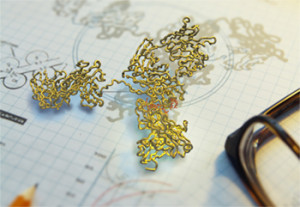In case more examples are needed, two new reports describe problems associated with antibody reagents:
- I.E. Frohner et al., Antibodies recognizing the C terminus of PP2A catalytic subunit are unsuitable for evaluating PP2A activity and holoenzyme composition. Science Signaling 28 Jan 2020
- S. Schuchner et al., The Myc tag monoclonal antibody 9E10 displays highly variable epitope recognition dependent on neighboring sequence context. Science Signaling 28 Jan 2020
To educate and inform our members and the broader research community, The Antibody Society has invited leaders in antibody research to reflect on antibody validation in our 10-part webinar series on this topic.
Register now for the next installment:
WEBINAR 9: Getting to Recombinant Antibodies that Guarantee Reproducible Research
February 12, 2020, 10am Eastern Standard Time / 4pm Central European Time, 45 min. webinar + 15 min. chat
Dr. Andrew Bradbury, Specifica, suggests ways out of the validation maze by rigorous molecular identification of recombinant tool antibodies. This achievable goal could eliminate many of the shadowy issues described in this series of webinars.


